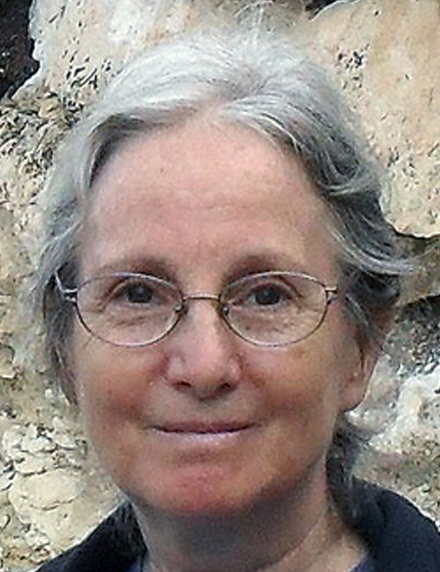Posted by George Shaw on Feb 6, 2013

Abstract
DUX4, a homeobox-containing gene present in a tandem array, is implicated in facioscapulohumeral muscular dystrophy (FSHD), a dominant autosomal disease. New findings about DUX4 have raised as many fundamental questions about the molecular pathology of this unique disease as they have answered. This review discusses recent studies addressing the question of whether there is extensive FSHD-related transcription dysregulation in adult-derived myoblasts and myotubes, the precursors for muscle repair. Two models for the role of DUX4 in FSHD are presented. One involves transient pathogenic expression of DUX4 in many cells in the muscle lineage before the myoblast stage resulting in a persistent, disease-related transcription profile (‘Majority Rules’), which might be enhanced by subsequent oscillatory expression of DUX4. The other model emphasizes the toxic effects of inappropriate expression of DUX4 in only an extremely small percentage of FSHD myoblasts or myotube nuclei (‘Minority Rules’). The currently favored Minority Rules model is not supported by recent studies of transcription dysregulation in FSHD myoblasts and myotubes. It also presents other difficulties, for example, explaining the expression of full-length DUX4 transcripts in FSHD fibroblasts. The Majority Rules model is the simpler explanation of findings about FSHD-associated gene expression and the DUX4-encoded homeodomain-type protein.
See Full Article.





Connect with us on social media